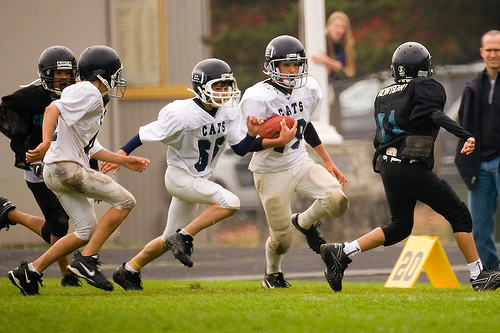Ever year the up tick in gym and personal training memberships around this time reflects the rise in goals people set for themselves for their health and fitness. However, as usual, come May, June, and July, those numbers make a steady decline. People lose their focus and commitment. They either, reach their goal and don't see the need to maintain, stop setting aside the time for their training due to increased social commitments, or drop it completely because of a lack of results. Now some do leave for the enjoyment of training outside, but they are usually the ones who leave just to perform long distance running outdoors. Unless you our an avid runner who gets joy from running long distances, leave the treadmills and distance runs alone. If you are going to utilize the nice weather to train outside(I'm a big fan of training outdoors), head to a park and start busting out some pull ups, dips, and stone deadlifts. Anyway, all of that is for another post. Today I wanted to talk about goal setting. Namely, chronic goal setting.
Like stated, many will make their New Year's resolution, and then eventually fall off of the wagon. The problem, a lack of continued goal setting and a lack of accountably to attain those goals. Here's a tip. Write down a list of what you are going to do this year. Don't phrase it in a way that leaves any doubt in your commitment. Phrase it as if it is already happening. For example, one could write, "I strength train 3 days a week, alternating each day between a main deadlift, bench, and squat variant." or perhaps, "I avoid all forms of dairy." Next, take the list you come up with and place it somewhere where you will see MULTIPLE times a day. Next to that, you could post a picture of yourself in your underwear reminding you every time you see it what you don't want to be.
Regardless of the way you approach this, the most important take away is to continue to set goals, reassess those goals periodically, and make the necessary changes to reach your goals. Don't make this a one time thing this year. 2011 is the year YOU are revamped.
No Nonsense Commitment,
Kyle Bohannon, CSCS
Owner/Head Trainer
kyle@trainstrive.com
www.trainstrive.com







